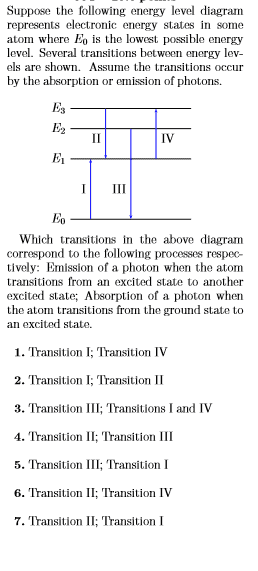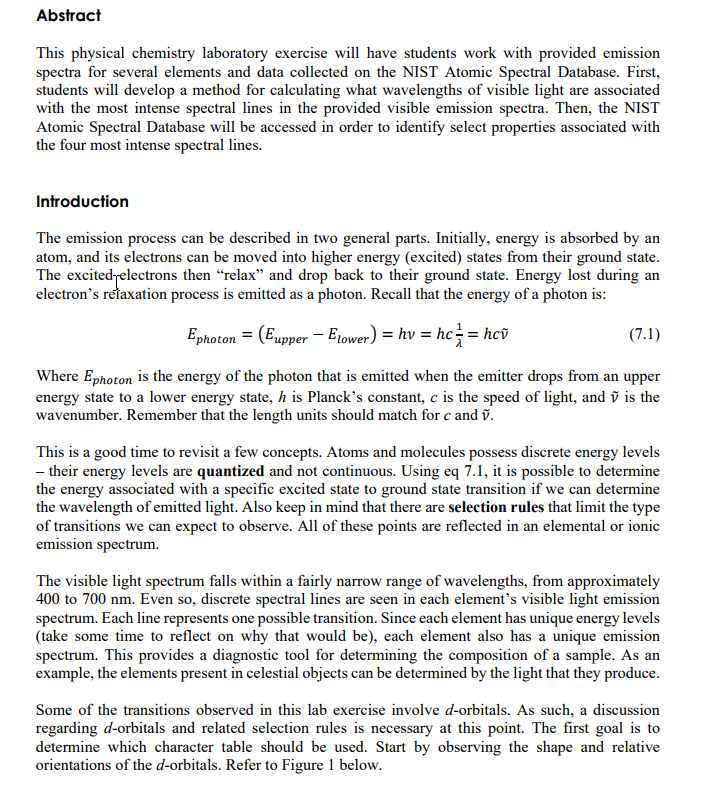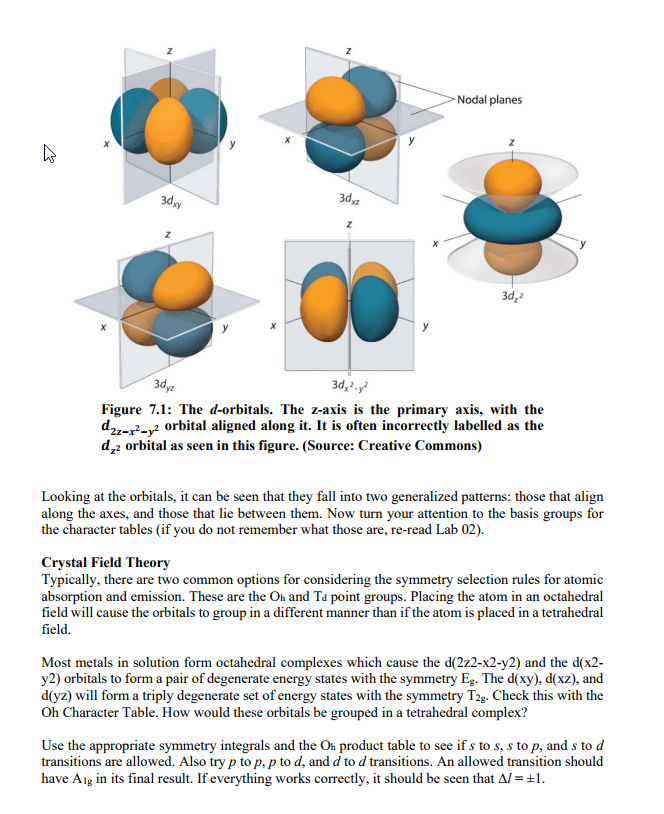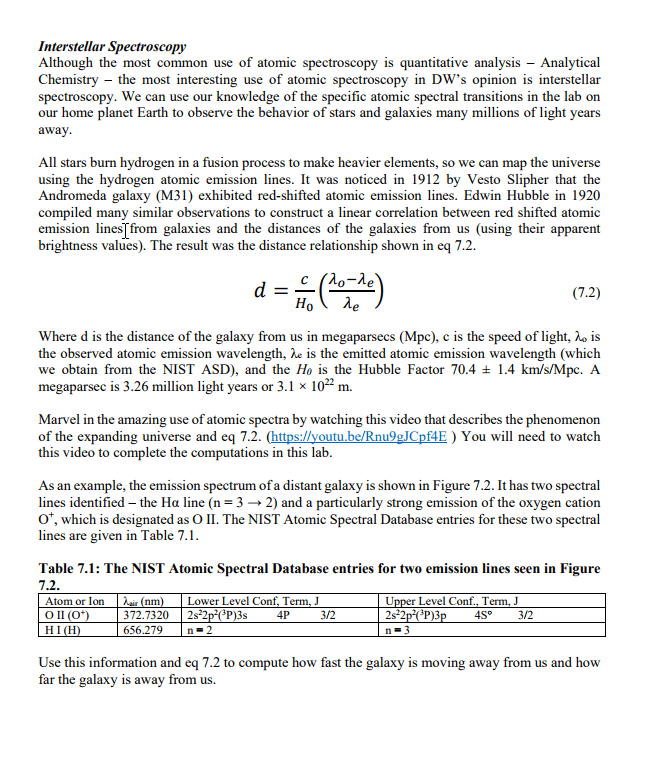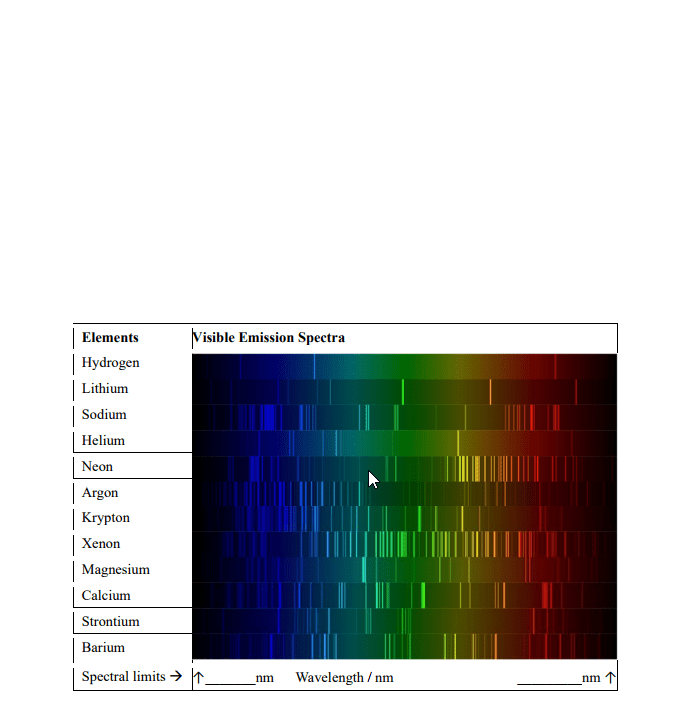CHEM 1A03 Study Guide - Final Guide: Emission Spectrum, Photon, Diamagnetism

35
CHEM 1A03 Full Course Notes
Verified Note
35 documents
Document Summary
Ionization: when an electron is ionized, the electron has been excited to the highest possible energy level, e. g. In hydrogen, the energy needed to ionize an electron in from any energy level is -ei (because. Values of 1014 hz are in the visible spectrum range. Electrons moves from higher to lower transition state so energy is negative. Smaller wavelength corresponds to a larger gap between energy levels (infinity) using rydberg"s equation, we get 0). To convert from kj/mol to j, multiply by 1000 and divide by. In atomic emission, all of the spectrum is visible. In an atomic absorption spectrum, white light is shone and certain wavelengths are absorbed which appear as black bands: the emission spectrum lines correspond to the gaps in the absorption spectrum. Wave-particle duality: all matter (including electrons) display wave properties, a large particle has a small , while a small particle has a large, u = speed, p = momentum, m = mass.

